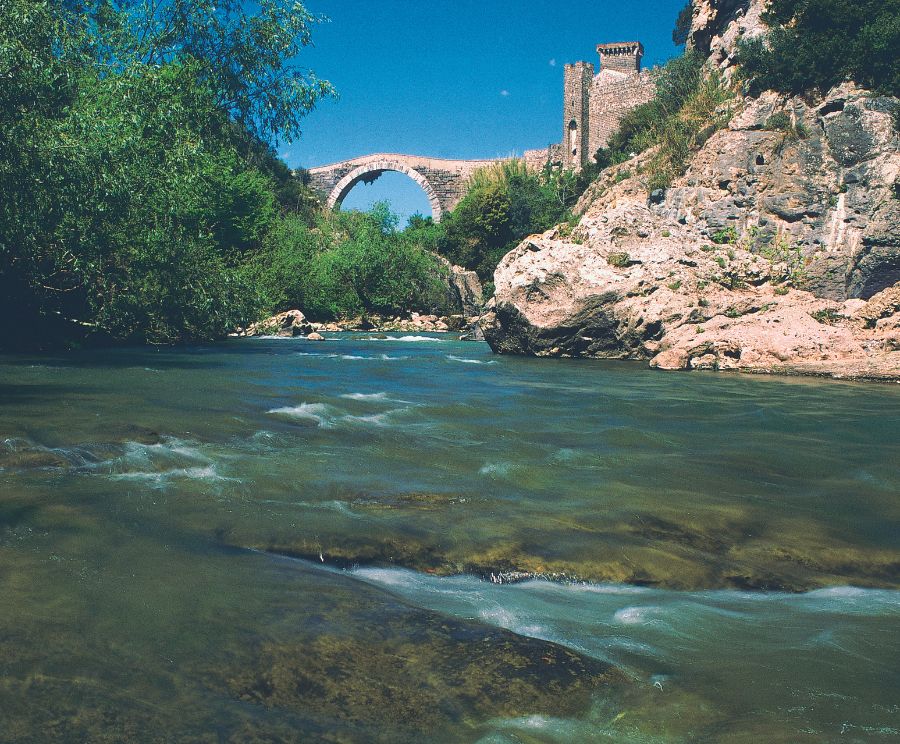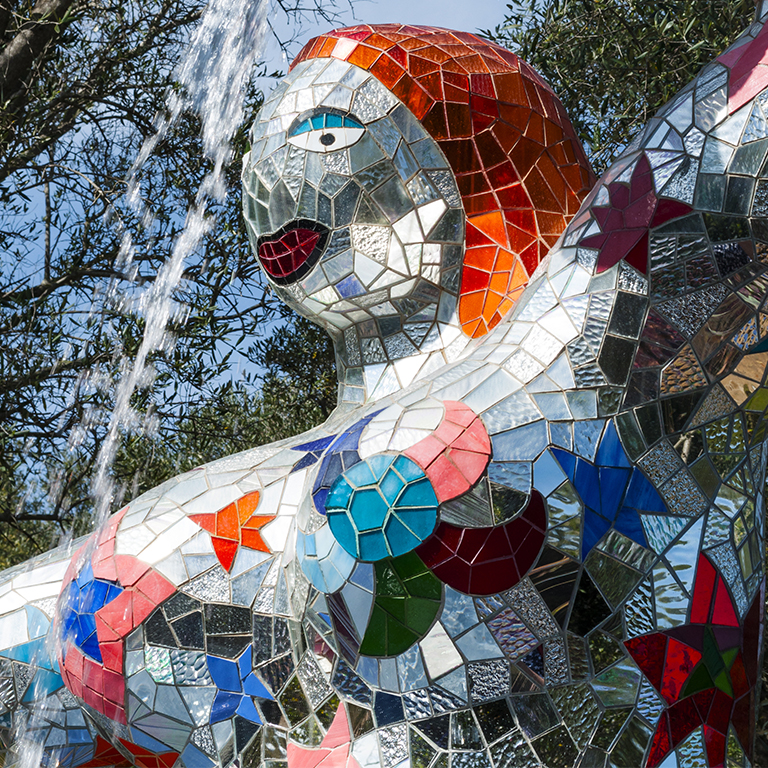Canino
Canino, originally an agricultural village that developed in the shadow of the city of Vulci, became known over the centuries, especially as the residence of the Farnese family.
Thanks to its origins that are lost in Etruscan antiquity and closely linked to Vulci and Tuscania, Canino is today a tourist destination that allows visitors to immerse themselves in its long history and legends.
The village, in fact, not only hosts the remains of Napoleon’s brother, Luciano Bonaparte, former Prince of Canino and Musignano, but is also known for its Castle and the Ponte della Badia, also known as the “Devil’s Bridge” so called because legend has it that Lucifer himself built it in a single night.
Not to forget the Collegiate Church of the Holy Apostles John and Andrew, which houses Baroque canvases by Domenico Corvi and Monaldo Monaldi, as well as a Nativity by Perugino, and the convent complex of San Francesco, where it is said that Saint Francis of Assisi once passed through.

Architecture enthusiasts will appreciate the dodecagonal fountain in the historic center, designed by Vignola in the 16th century.
And history buffs have the opportunity to visit the National Archaeological Museum in the Castle of Vulci, where top-quality artifacts are preserved, the Vulci Naturalistic Archaeological Park, the ruins of the medieval fortress of Castellarso, and one of the longest Roman aqueducts, unfortunately collapsed due to the wind in 1994.
Not just history: Canino is also known for the extra virgin olive oil produced in this area, obtained from the Canino olive variety and designated DOP, as well as Canino asparagus, the star of a festival in April and used to prepare a delicious soup.






